
Color Gray: The Meaning, Psychology and Symbolism
Most people think of gray as a color, but it’s actually more of a shade. Gray is produced when black and white are mixed together in equal proportions. It can also be made by adding equal amounts of any two complementary colors, such as green and red or blue and orange. Since gray is made up of equally mixed colors, it doesn’t have the same visual impact as a color that is pure hue. For this reason, gray is often used as a neutral backdrop against which other colors can be showcased. When used in this way, gray can help to create a sense of calm and serenity. It can also be used to convey feelings of melancholy or sadness.
What is “Gray”?
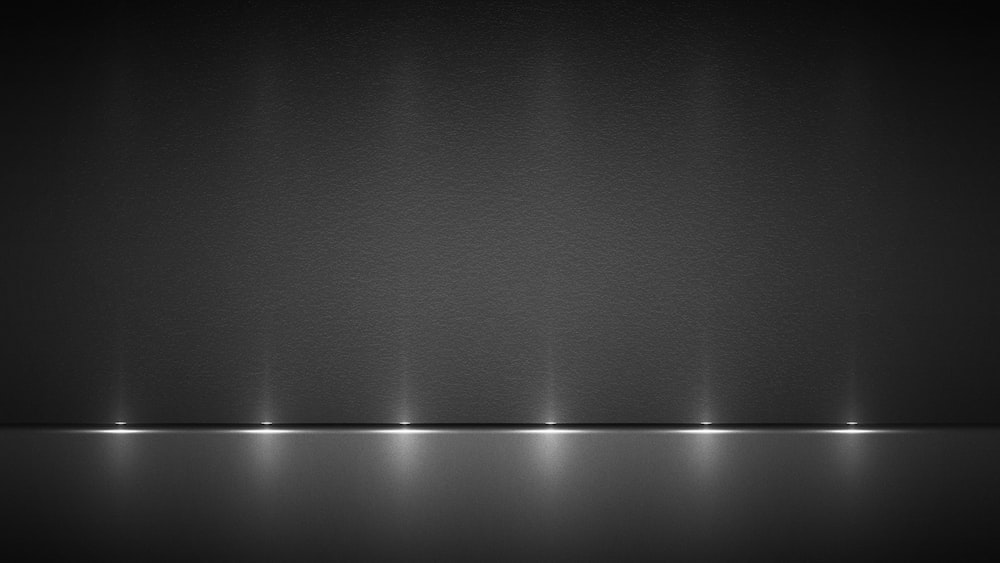
Gray Light
Gray light is a type of light that is not truly gray in color, but instead appears to be gray due to the way it is scattered. When light strikes an object, some of the light is reflected off the object’s surface while some of it is absorbed. The wavelength of the light that is scattered depends on the size and composition of the object’s surface. For example, small particles tend to scatter shorter wavelengths of light, while larger particles scatter longer wavelengths. As a result, gray light typically contains a mix of all different wavelengths of light. While gray light may not be visually distinctive, it can be useful in certain applications such as photography and video where even lighting is desired.
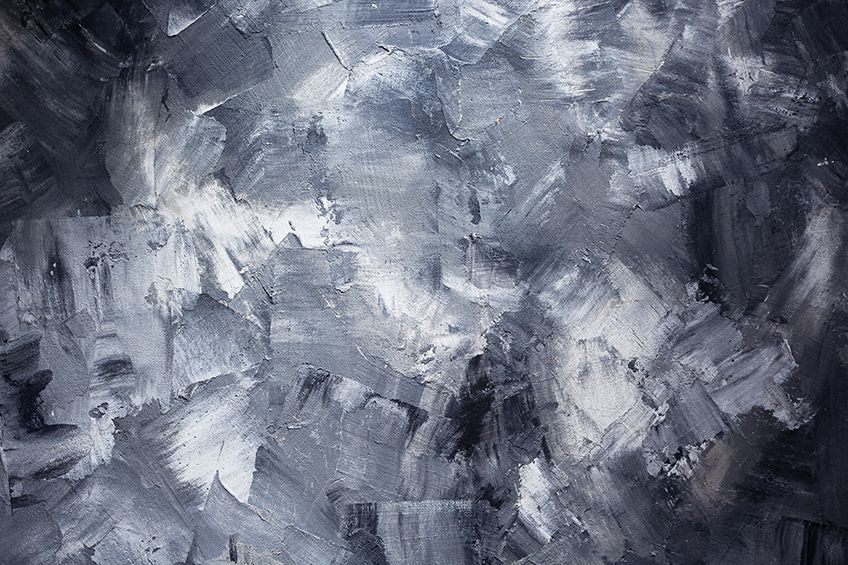
Gray Pigment
Gray is a color that is produced when black and white are mixed together in equal proportions. Although it is often associated with bleakness and sadness, gray can also be used to create stunning visual effects. When used in art, gray can add depth and dimensionality to a scene. It can also be used to create a sense of mystery or foreboding. In interior design, gray is often used as a neutral backdrop against which brighter colors can pop. Whatever the context, gray is a versatile color that can be used to create a wide range of effects.

Etymology of “Gray”
The word gray has a long and complex history. It is thought to be derived from the Proto-Germanic word “grenja”, which is related to the Old English word græg. The gray color is thought to be named after the gray wolf, which was once common in Europe. The gray color can also be associated with the element lead, which was used to make gray paint. The element lead gets its name from the Latin word plumbum, which means “lead.” Gray is also sometimes used to describe clouds, fog, or other atmospheric conditions. This usage is thought to be derived from the Old Norse word grár, which means “cloudy.” Gray is a versatile color that can be used to describe a wide range of objects and phenomena.
VALUES
Technical Information about the Color Gray – #808080
Gray is an incredibly popular color that serves many purposes, from clothing to home décor. It is not surprising, then, to learn that gray has a scientific basis; gray is the combination of white and black pigments and can be represented in equations by combining binary values. One way gray can be expressed is as a combination of RGB (red, green, and blue) values. In RGB, gray is written as (128,128,128)–the same value for each channel–resulting in a medium gray hue. It is this level of detail that truly makes gray so versatile in its uses.
All Color Value Conversions
| VALUE | CSS | |
|---|---|---|
| HEX VALUES |
808080 |
#808080 |
| RGB DECIMALS |
128, 128, 128 |
rgb(128,128,128) |
| RGB PERCENTAGES |
50.2, 50.2, 50.2 |
rgb(50.2%, 50.2%, 50.2%) |
| CMYK |
0, 0, 0, 50 |
|
| HSL |
0°, 0, 50.2 |
hsl(0°, 0%, 50.2%) |
| HSV (OR HSB) |
0°, 0, 50.2 |
|
| WEB SAFE VALUES |
999999 |
#999999 |
| CIE-LAB |
53.585, 0, 0 |
|
| XYZ |
20.517, 21.586, 23.504 |
|
| XYY |
0.313, 0.329, 21.586 |
|
| CIE-LCH |
53.585, 0, 158.199 |
|
| CIE-LUV |
53.585, 0, 0 |
|
| HUNTER-LAB |
46.461, 0, 0 |
|
| BINARY |
10000000, 10000000, 10000000 |
The Color Gray in Nature
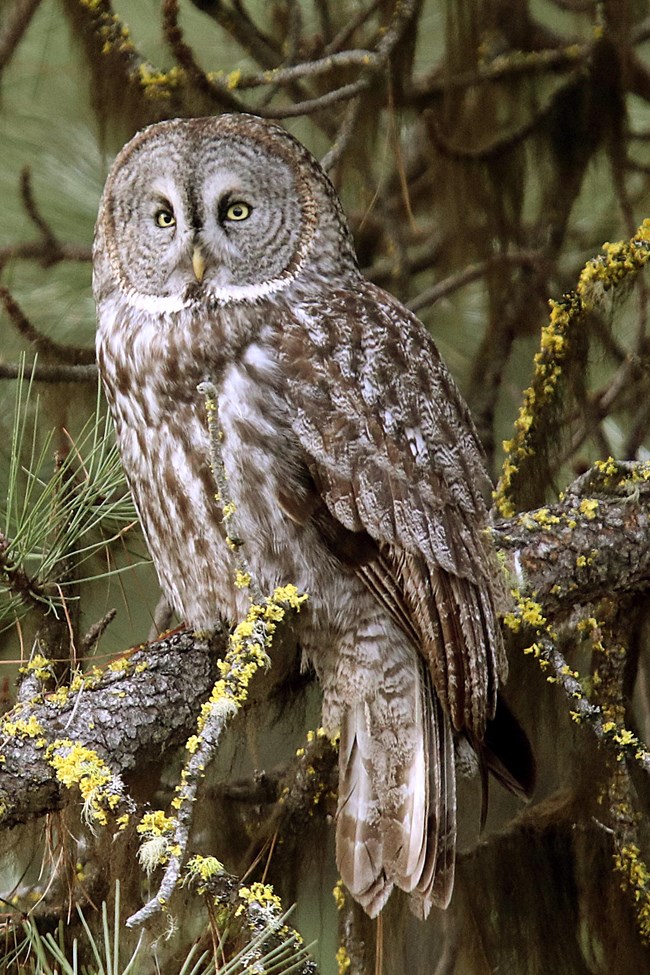
Gray Animals
Gray is a common color for many animals, including mammals, birds, reptiles, and fish. Some animals are born gray and stay gray their whole lives, while others develop gray fur or feathers later in life. The gray color helps these animals blend in with their surroundings, making it easier for them to avoid predators and capture prey. In some cases, gray is also an effective camouflage against the background of the ocean or sky. Gray whales and dolphins are difficult to spot in the open water, while gray-colored birds and gray butterflies can easily disappear among the trees. Regardless of its purpose, gray is a popular color among the animal kingdom.
As animals age, their fur or feathers may begin to gray. This is most commonly seen in horses, dogs, and birds, but it can occur in any species. The exact cause of this graying is not fully understood, but it is thought to be related to a reduction in pigment-producing cells. These cells give color to fur or feathers, and as they decline in number, the animal’s coat begins to lose its original hue. In some cases, graying may also be caused by a build-up of gray matter in the brain. This can lead to a condition known as “cognitive gray matter atrophy,” which has been associated with Alzheimer’s disease and other forms of dementia. Regardless of the cause, gray hair or feathers are usually a sign of old age.
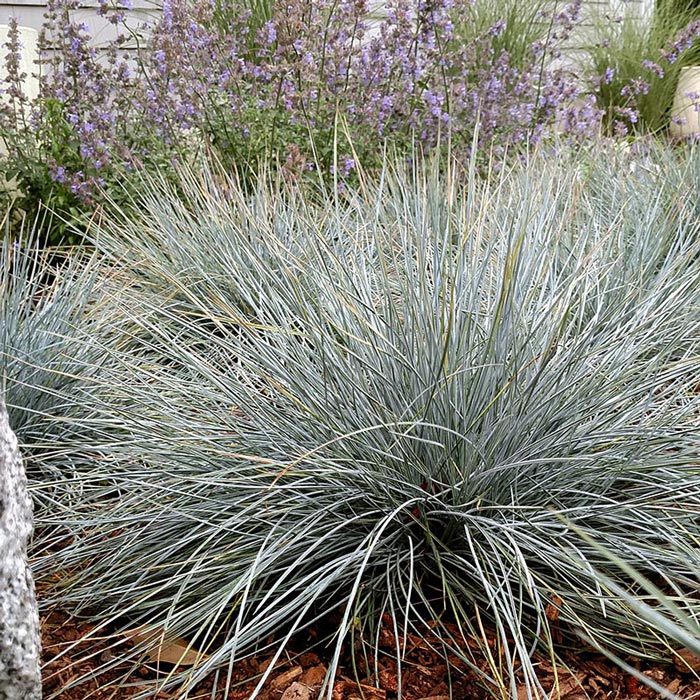
Gray Plants and Flowers
Gray plants are a type of plant that gets its name from the gray color of its leaves. Gray plants are commonly found in desert regions and are known for their ability to survive in dry, hot climates. While gray plants may not be the most visually stunning, they have an important role to play in the ecosystem. Gray plants help to regulate the temperature of the soil and can prevent erosion by wind and water. In addition, gray plants provide food and shelter for wildlife. As a result, gray plants play an important role in keeping the desert ecosystem healthy.
Gray flowers are not as common as other flower colors, but they can be just as beautiful. gray flowers can have different meanings depending on the culture. In some cultures, gray flowers are associated with death or mourning, while in others they represent wisdom or dignity. Gray flowers can also be used to create a mood of calm or mystery. Because gray is such an unusual color for flowers, gray bouquets can be especially eye-catching. When choosing gray flowers for an arrangement, it is important to consider the overall tone you wish to create. Gray flowers can add depth and interest to any arrangement, and are sure to make a lasting impression.

Gray Minerals and Substances
Gray rocks are found all over the world, from the gray sandstone of the American Southwest to the weathered gray granite of the Scottish Highlands. Gray rocks can be either igneous or sedimentary in origin, and they are often used as construction materials or ornamental landscaping stones. Gray rocks can range in color from light silver to charcoal black, and they may have a smooth or rough surface texture. While gray is the most common color for these rocks, they can also be found in other colors such as pink, blue, or green.
Gray is a popular color for gemstones, as it can range from a light, delicate shade to a deep, rich hue. Perhaps one of the most well-known gray gemstones is pearl. Pearls are created when a piece of foreign matter enters an Oyster’s shell and the Oyster responds by secreting a substance called nacre around the irritant. This process can take several years, and as more and more nacre is deposited, the pearl gradually grows in size. Pearls come in a wide variety of colors, but gray is one of the most desired shades. Other gray gemstones include hematite, gunmetal quartz, and smoky quartz. Gray gemstones are often used in jewelry because they can complement any outfit and skin tone. Whether you’re looking for a subtle accent or a statement piece, gray gemstones are always a stylish choice.
Ash and soot can best be described as gray or black deposits that are left behind after something has been burned. They are typically very fine particles that are made up of various elements, including carbon, hydrogen, oxygen, and nitrogen. While ash is mostly composed of inorganic materials, soot is primarily made up of organic compounds.
The Color Gray in World Cultures
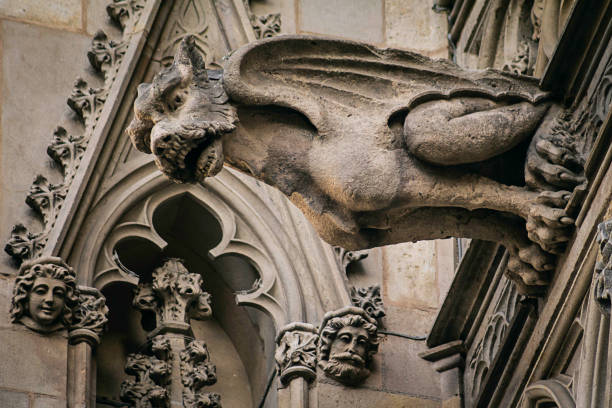
The Color Gray in Europe
In Europe, gray is often associated with rainy weather and dismal days. However, gray can also be a beautiful color, adding depth and richness to a landscape. It is the perfect color for stone buildings and historic monuments, and it has a calming effect that can be very soothing. gray is also a popular color for cars and appliances, as it is seen as being both practical and stylish. In recent years, gray has become increasingly popular in fashion, as it is seen as being both sophisticated and trendy.

The Color Gray in Asia
In Asia, gray has a different connotation. To many Asians, gray represents balance and impartiality. It is the color of wisdom and knowledge, and it is often used in business settings. For example, in Japan, gray is considered to be a sophisticated color, and it is commonly used in business suits. In China, gray is often seen as a calming color, and it is frequently used in interior design. In contrast to Western societies, where gray is often associated with sadness or depression, Asian cultures tend to view gray in a positive light.

The Color Gray in Latin America
Not all colors are equally popular around the world. In Latin America, for example, the color gray is often associated with sadness and mourning. This is due in part to the Spanish word for gray, gris, which is also the word for grief. In addition, gray is the color of ash, which is traditionally used to cleanse houses after a death has occurred. As a result, gray often carries somber connotations in Latin America. However, it should be noted that gray can also be seen as a symbol of strength and perseverance.

The Color Gray in the Middle East
The color gray is often associated with sadness, gloom, and depression. In the Middle East, however, gray is often seen as a positive color. It is often used to describe wisdom, stability, and dependability. Gray is also seen as a calming color, which can be helpful in a region that is often fraught with conflict. The Middle East is a diverse and complex region, and the color gray embodies many of the positive qualities that are valued by its people.

The Color Gray in Africa
In Africa, the color gray is seen as a sign of wisdom and patience. Gray is the color of elephants, which are revered for their size, strength and wisdom. In many African cultures, gray is also the color of ghosts and spirits, which are believed to be able to travel between the worlds of the living and the dead. For these reasons, gray is often seen as a protective color, and it is not unusual to see gray rituals and ceremonies taking place in Africa. So next time you see someone wearing gray, don’t think of them as sad or gloomy – they may just be wise beyond their years.
The Color Gray in Religion and Psychology

The Color Gray in Christianity
The color gray is often associated with gloom and sadness. In Christianity, however, gray can represent hope and new beginnings. The color is often used in religious paintings and art to symbolize the ashes of Holy Saturday, the day between Good Friday and Easter Sunday. On this day, Christ lay in the tomb, awaiting his resurrection. For Christians, gray can therefore be seen as a reminder of Christ’s sacrifice and the hope of new life. In addition, gray can also symbolize humility and repentance, two important virtues in the Christian faith.

The Color Gray in Islam
The color gray is not specifically mentioned in the Quran, but it is often associated with the idea of balance. In Islamic art and architecture, gray is often used to achieve a sense of harmony and equilibrium. For example, gray can be used to offset the starkness of white or the vibrancy of colors like green and blue. Gray is also seen as a sign of modesty and humility, which are virtues that are highly prized in Islam. In many ways, gray represents the perfect middle ground between extremes, making it an important color in Islamic culture.
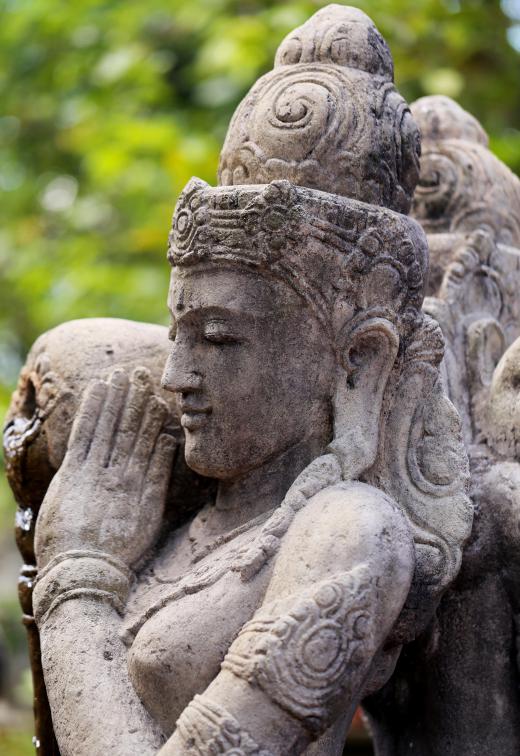
The Color Gray in Buddhism
Gray is often associated with mindfulness and meditation in Buddhism. gray is the color of ashes and repentance. It also symbolizes purity, detachments and self-discipline. Mag gray is sometimes used in Buddhist paintings and sculptures to depict the Buddha’s wisdom. In Tibetan Buddhism, gray represents Tamas, one of the Three Great Principles. Mag gray is also the color of the Bodhicitta in Tibetan thangkas.

The Color Gray in Hinduism
In Hinduism, gray is seen as a sacred color. It is believed to be the color of Lord Krishna, and gray cloth is often used in religious ceremonies. Gray is also considered to be a symbol of strength and endurance. In the Mahabharata, gray was the color of the Pandava brothers when they undertook their long exile. Gray thus represents the victory of good over evil. In Hinduism, gray is a positive and powerful color that embodies truth and wisdom.

The Color Gray in Modern Psychology
Gray is often seen as a bland, boring color. It is associated with sadness and depression. It is often used to describe something that is dirty or dingy. But gray can also be a beautiful color. It can be calming and soothing. It can represent wisdom and knowledge. And it can be used to create a sense of mystery. In psychology, gray is often seen as a neutral color. It is not as vivid as some other colors, but it is not as drab as black or white. Gray can be used to create a sense of balance and harmony. It can also be used to promote feelings of detachment and independence. So while gray may not be the most exciting color, it can certainly have an impact on your mood and your state of mind.
Notable Shades of the Color Gray

Slate
Slate is a type of metamorphic rock that is characterized by its gray color. It is formed when sedimentary rock is subjected to high temperatures and pressures, which cause the rock to change in structure. Slate can be used for a variety of purposes, including roofing, flooring, and paving. It is also a popular material for making chalkboards and blackboards. Because slate is gray in color, it is often used as a neutral backdrop for other design elements. In interior design, gray slate can be used to create a sophisticated and modern look. In landscape design, gray slate can be used to create a natural and rustic look.

Ash
Ash gray is a color with a spectrum ranging from very light gray to almost black. It gets its name from the fact that it is similar in color to ashes. This color is often associated with sadness, authority, and intelligence. Ash gray can also be used to describe a person who is calm and collected. This color is very versatile and can be used in a variety of settings. For example, ash gray walls can create a serene and relaxing atmosphere in a bedroom. This color can also be used in more formal settings, such as an office or library. When paired with the right colors, ash gray can create a stylish and sophisticated look.

Pearl
The color silver is often associated with gray, but it can actually be quite different. Silver is a metallic color that reflects light well, giving it a shimmering appearance. It is also a cool color, which means it can appear calm and serene. In terms of fashion, silver is often seen as a more sophisticated alternative to gray. It can be used to add a touch of glamour to an outfit, or to create a sleek and modern look. When used in interior design, silver can help to create a space that feels both stylish and inviting. Whether you’re looking to add a bit of sparkle to your wardrobe or your home, silver is the perfect color choice.

Gunmetal
Gunmetal gray is a dark gray color with a metallic sheen. It is often used in jewelry and watchmaking, as well as in automotive and industrial applications. The name “gunmetal” comes from its traditional use in guns, where it was used to create a finish that was both durable and resistant to corrosion. Gunmetal gray is also a popular choice for wedding bands and engagement rings. It is less popular than white gold or platinum, but it has a unique look that many couples find appealing. Gunmetal gray is a versatile color that can be used for a variety of applications. Whether you’re looking for a unique wedding band or an industrial-strength finish, gunmetal gray may be the perfect choice for you.

Taupe
Taupe is a grayish brown color that is often described as being ‘between beige and gray’. It is a popular color for both clothing and home decor, as it can create a sophisticated look. Taupe is also often used as a neutral color in design schemes, as it can help to ground a space and make it feel more cohesive. While taupe can appear grayish or brownish, it typically has more gray tones than brown. This makes it a good choice for those who want a color that is both calming and sophisticated.
